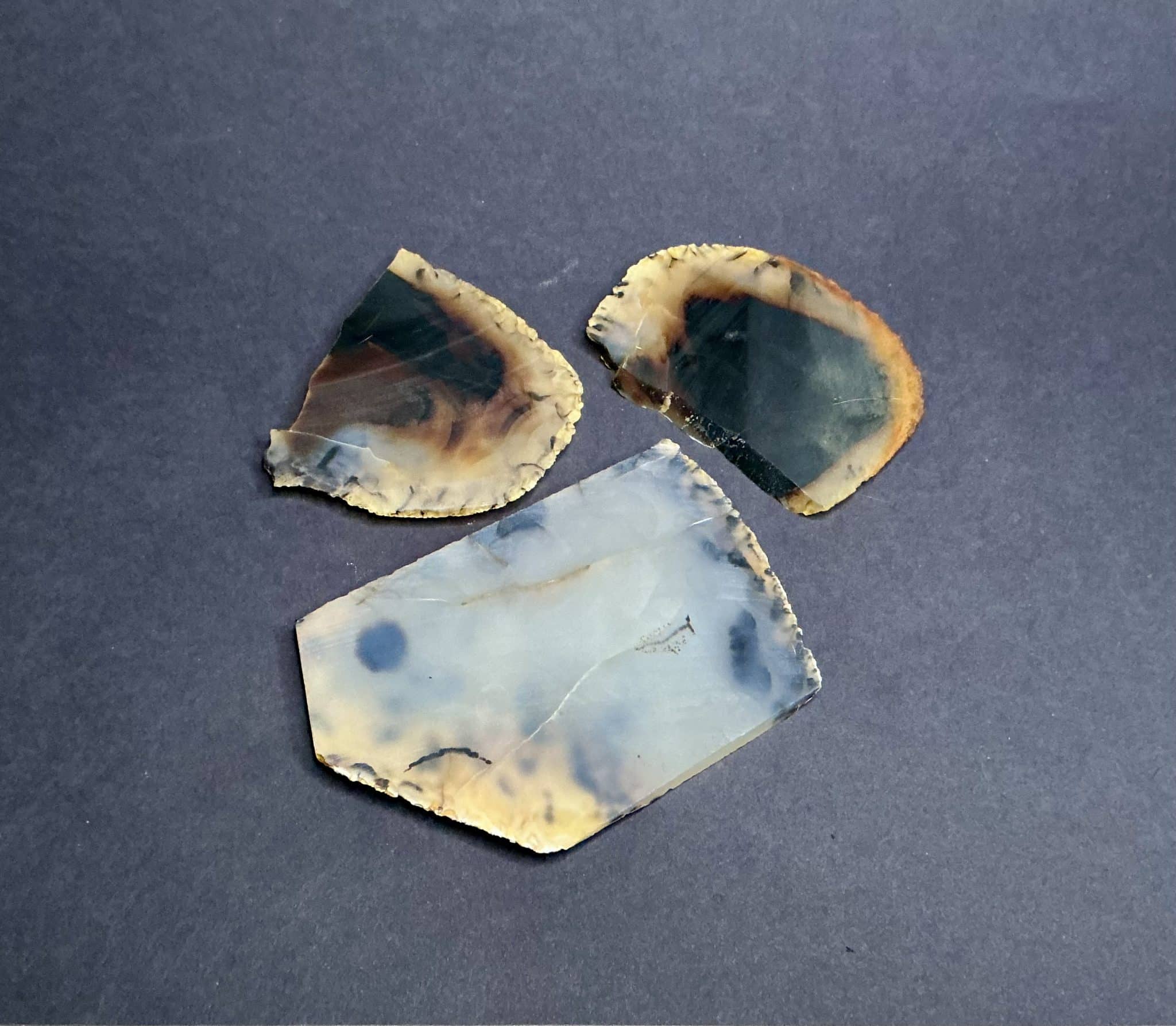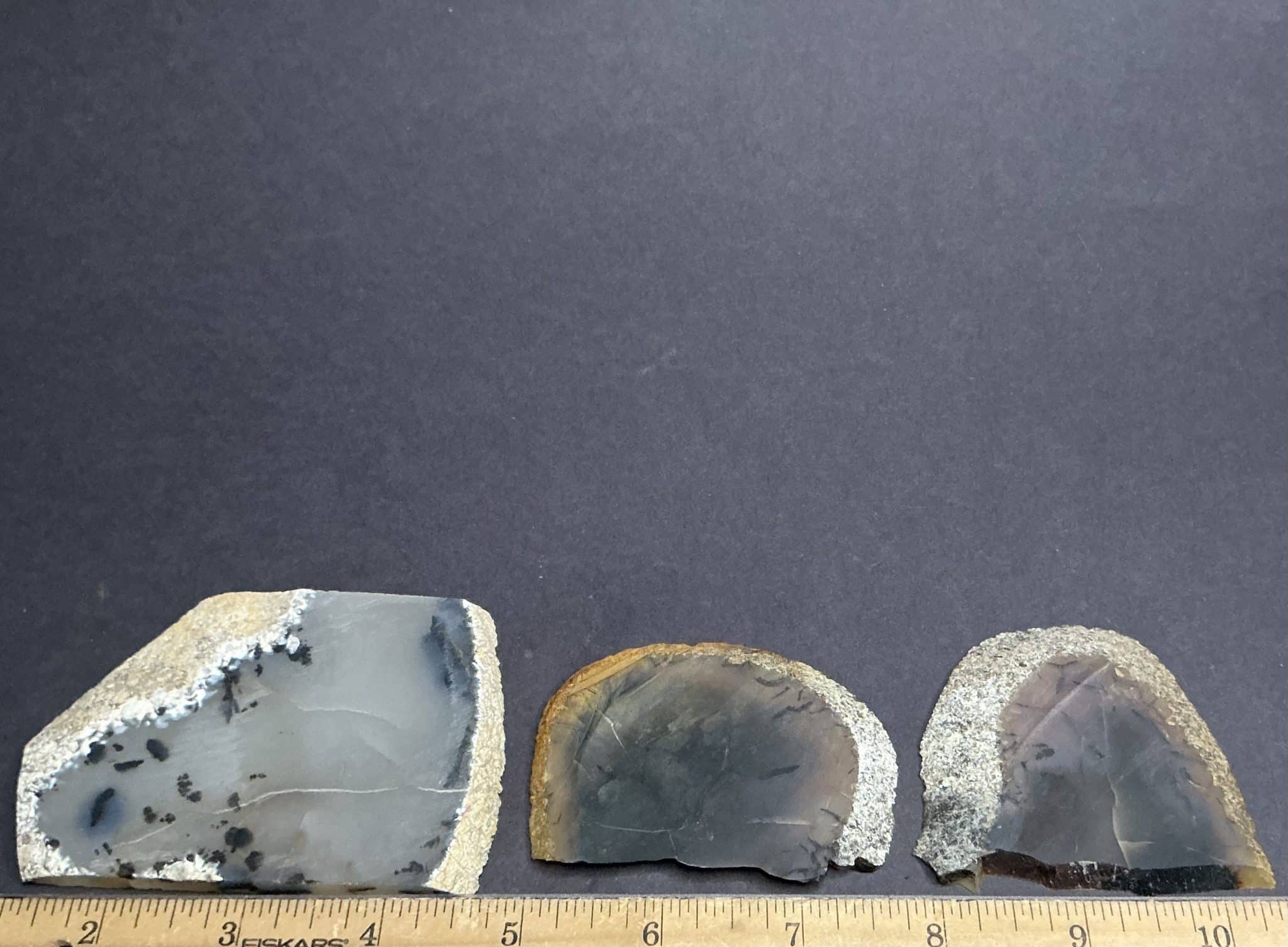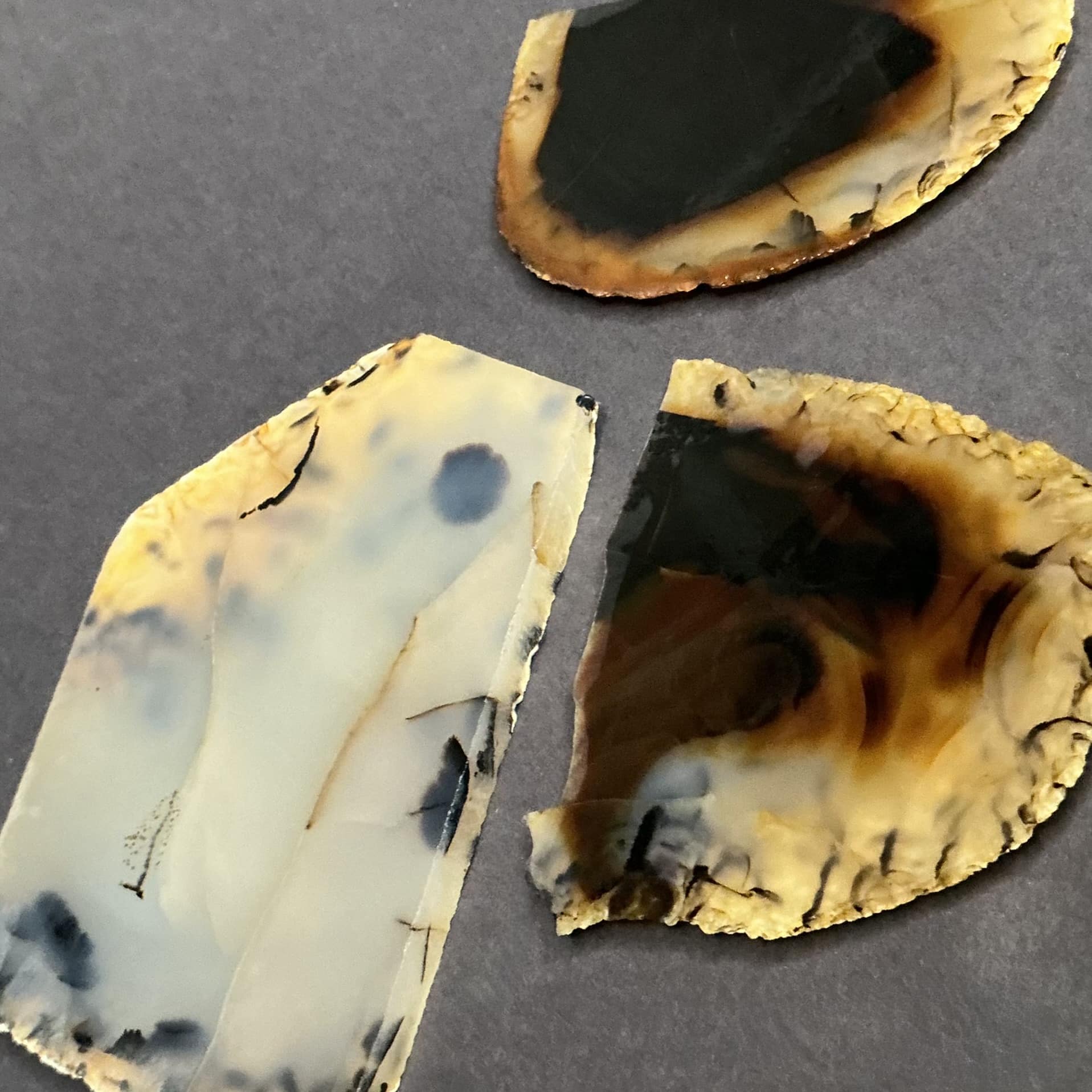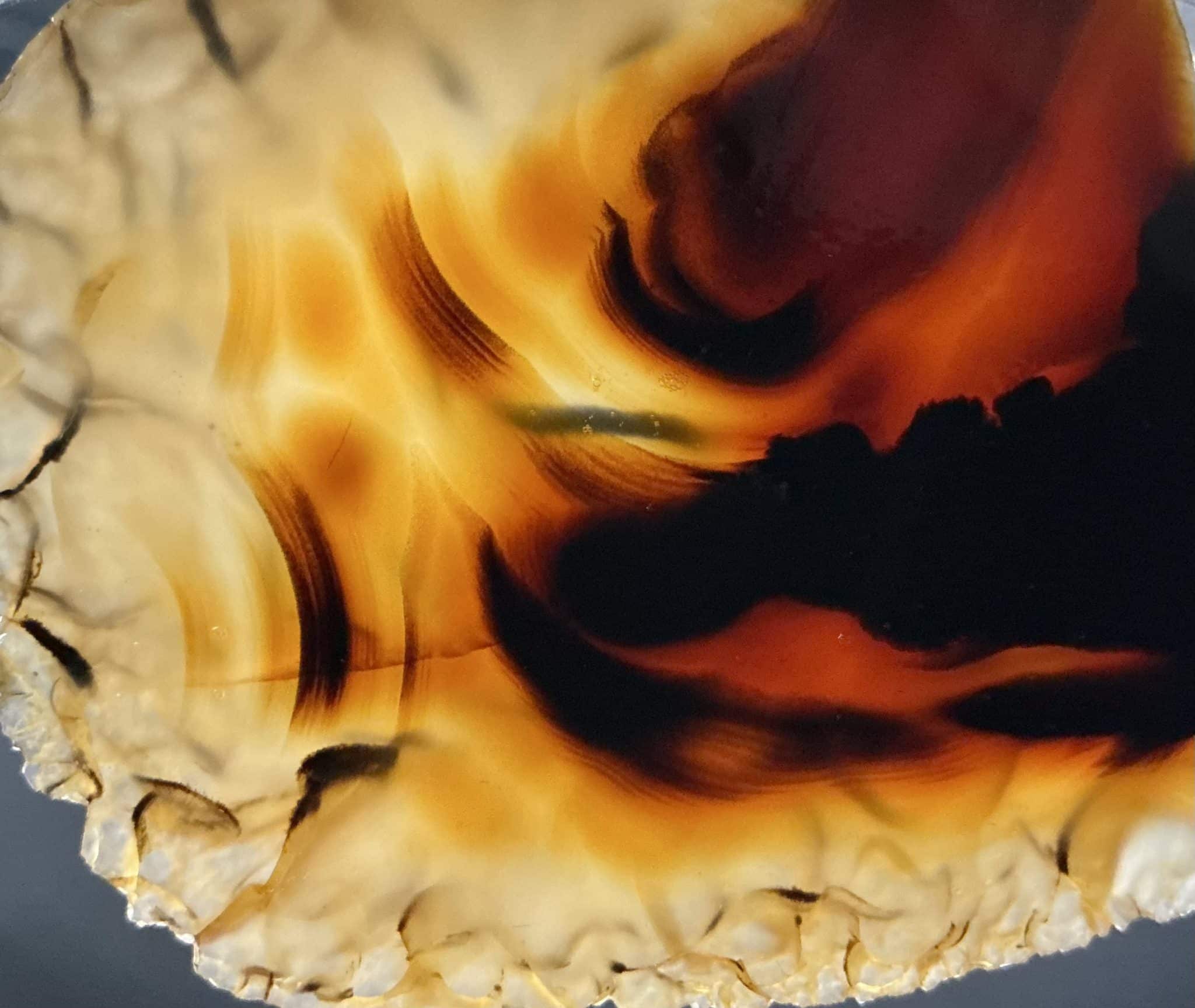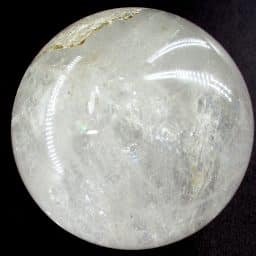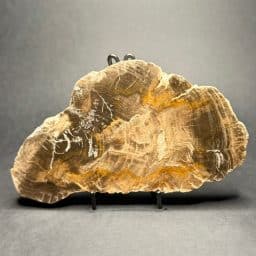Description
A fossil is any evidence of prehistoric life (plant or animal) that is at least 10,000 years old. The most common fossils are bones and teeth, but fossils of footprints and skin impressions exist as well. Fossils are excavated from many environments, including ancient riverbeds and lakes, caves, volcanic ash falls, and tar pits. Fossils are classified as either body fossils or trace fossils. Body fossils were parts of the organism, such as bones or teeth. Trace fossils are all other types of fossils, including foot impressions, burrows, and dung.
Dinosaurs are a diverse group of reptiles of the clade Dinosauria. They first appeared during the Triassic period, between 243 and 233.23 million years ago, although the exact origin and timing of the evolution of dinosaurs is a subject of active research. They became the dominant terrestrial vertebrates after the Triassic–Jurassic extinction event 201.3 mya and their dominance continued throughout the Jurassic and Cretaceous periods. The fossil record shows that birds are feathered dinosaurs, having evolved from earlier theropods during the Late Jurassic epoch, and are the only dinosaur lineage known to have survived the Cretaceous–Paleogene extinction event approximately 66 mya. Dinosaurs can therefore be divided into avian dinosaurs—birds—and the extinct non-avian dinosaurs, which are all dinosaurs other than birds.
